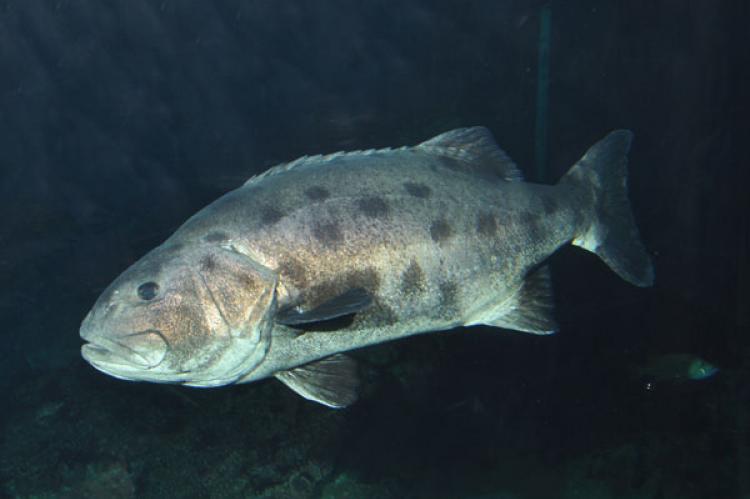12% of marine species in tropical eastern Pacific threatened
Twelve percent of marine species surveyed in the Gulf of California, the coasts of Panama and Costa Rica and the five offshore oceanic islands and archipelagos in the tropical eastern Pacific are threatened with extinction, according to a study by IUCN (International Union for Conservation of Nature) and its partners. Main threats to the region's marine flora and fauna include over-fishing, habitat loss and increasing impacts from the El Nino Southern Oscillation.
Released this week, the study is the first IUCN Red List of Threatened Species™ assessment available for all known species of marine shore-fish, marine mammals, sea turtles, sea birds, corals, mangroves and seagrasses in a major marine biogeographic region.
Lost in El Niño
In recent years, at least 20 marine species have gone extinct around the world, and more than 133 local populations of marine species have suffered a similar fate. These include the disappearance of the endemic Galapagos Damselfish (Azurina eupalama) during the events of El Niño from 1982-1983. Drastic declines have also been documented across several marine groups, including many populations of commercial fish, coral reef fish, reef-building corals, mangroves, and seagrasses.
"Understanding species vulnerability to major threats is paramount for determining how species and marine environments are likely to respond to one or more simultaneous threats," says Beth Polidoro, Research Associate, IUCN Marine Biodiversity Unit, and lead author of the study.
Over-fishing
Two commercial marine fish, the Totoaba (Totoaba macdonaldi) and the Giant Sea Bass (Stereolepis gigas) are listed as Critically Endangered, and were once common in the waters of southern California and the Gulf of California, Mexico. Both species are extremely desirable for human consumption but have limited ability to cope with severe over-fishing because they have long life spans and the large groups they form when spawning are often targeted by fishers — reducing the chances of rebuilding sustainable populations.
"Saving threatened species is the single most important thing we can do to safeguard ocean health, which benefits millions of people that depend on thriving and productive oceans," says Scott Henderson, Regional Director of Marine Conservation at Conservation International and co-author of the study.
The findings reinforce that conservation action is needed for both marine species and the geographic areas where they are most threatened.
"There are tangible steps that we can take to curtail the risk of extinction of species in the tropical eastern Pacific. We must work towards better management on both local and regional scales," says Tom Brooks, NatureServe's Chief Scientist.





























